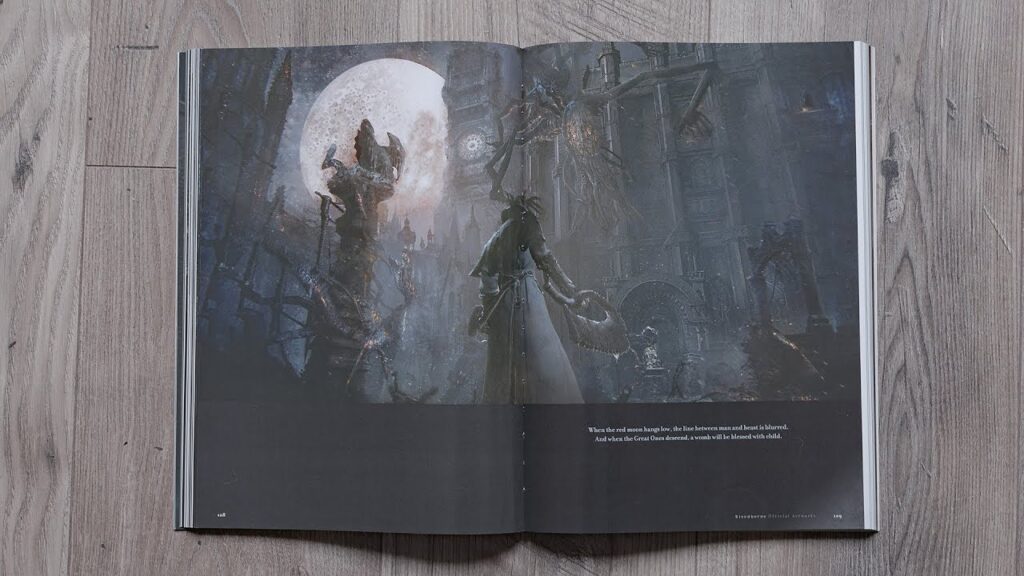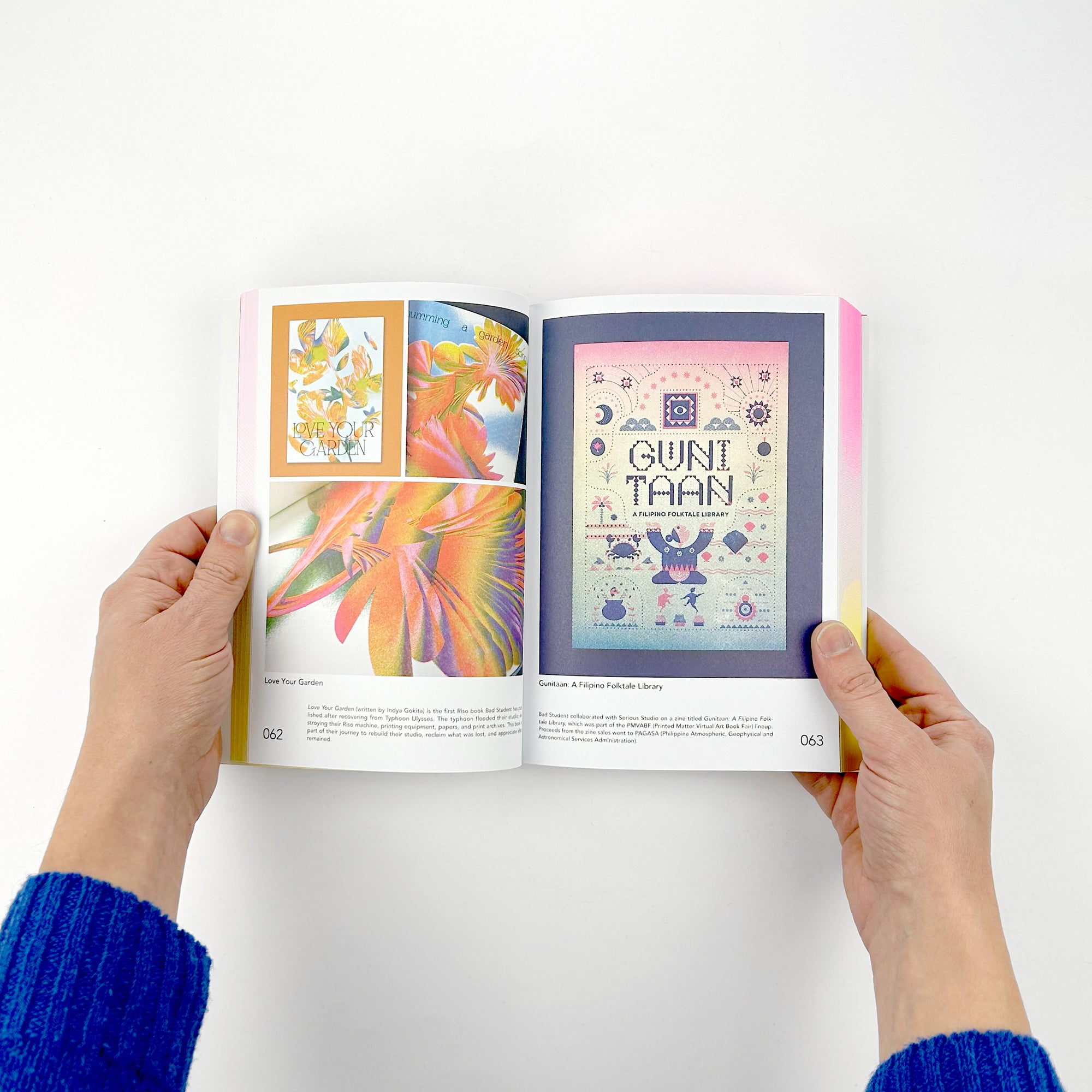Which Binding Style Suits Your art book Vision?
Which Binding Style Suits Your art book Vision?
Blog Article
Browsing the Globe of Art Book Printing: Tips and Techniques for a Remarkable End Up
When it comes to art book printing, you require to blend creative thinking with technological knowledge for the finest results. Let's discover what that is and just how it can elevate your art book.
Understanding the Printing Refine
When you submerse yourself on the planet of art book printing, understanding the printing procedure is important for accomplishing your desired results. Begin by acquainting yourself with various printing approaches, like digital and balance out printing. Each method has its toughness, so consider your job's scale and budget.
Following, take notice of shade administration. Make specific your images remain in the appropriate shade account, as this impacts exactly how they'll show up in print. You'll additionally wish to select the right resolution-- 300 DPI is typical for top quality prints.
Do not ignore the significance of proofing. Constantly request a proof prior to the last print run to capture any mistakes or inconsistencies in shade. Ultimately, keep in mind that timing matters. Review production timelines with your printer to assure your job remains on routine. Understanding these elements can significantly boost the quality and total look of your art book.
Choosing the Right Paper
Choosing the appropriate paper can greatly affect the total appearance and feel of your art book. You'll desire to review elements like weight, appearance, and coating. A heavier weight paper can provide your images a much more luxurious look, while lighter documents may really feel extra delicate.
Appearance plays a vital function as well; shiny paper boosts shades and detail for lively images, while matte paper uses an extra restrained and artistic appearance. Think concerning how you want your artwork to be viewed-- do you like sharp contrasts or softer sides?
Do not neglect to test examples prior to making a last choice. This will certainly aid you visualize how your art interacts with different papers. Keep in mind, the best option can boost your book from average to extraordinary, guaranteeing your innovative vision radiates through in every web page. Take your time, explore options, and choose wisely for the ideal outcomes.
Discovering Binding Choices
When it pertains to binding your art book, you have actually got several alternatives to consider that can affect both the look of your task. Believe regarding the sturdiness features you need, along with the expense effects of each binding approach. Choosing the right binding can boost your artwork and guarantee it lasts for several years to come.
Kinds Of Binding Approaches
There are a number of binding approaches to ponder for your art book, each offering unique benefits and appearances. For a more artistic touch, consider spiral binding; it permits your book to lay flat, showcasing your artwork perfectly. Each binding method has its charm, so assume about your book's purpose and audience to choose the one that finest matches your vision.

Choosing Resilience Features
After considering the various binding methods, it's time to concentrate on toughness attributes that can boost the durability of your art book. Selecting a robust binding option is crucial; take into consideration alternatives like instance binding or lay-flat binding, which give additional strength. Additionally, take note of the kind of sticky utilized; a top notch PVA glue can guarantee the web pages stay secure with time. If you anticipate your book to endure constant handling, choose materials like laminated covers or layered paper, which withstand wear and tear. Ultimately, consider exactly how you'll store guide-- using a safety slipcase can add an added layer of defense against dirt and damage. Focus on these features to keep your art book looking beautiful.
Cost Ramifications of Binding
While choosing a binding alternative for your art book, it's crucial to contemplate how each choice influences your budget. Saddle sewing is more affordable, perfect for smaller publications, yet it could not match larger jobs. Eventually, selecting the right binding option can improve your art book's discussion without damaging the bank.
Designing for Publish
When making for print, you require to prioritize clarity and aesthetic influence to properly showcase your artwork. Start by picking a shade combination that matches your pieces, guaranteeing it converts well theoretically. Colors may appear differently in print than on-screen, so pick colors that maintain vibrancy when printed.
Use high-resolution images to avoid pixelation; purpose for at the very least 300 DPI for peak quality. Consider he said your typography thoroughly-- select typefaces that improve your art without overpowering it. Keep a balance in between text and visuals, making sure that neither sidetracks from the other.
Take note of design and white space, as these elements guide the customer's eye and develop an unified flow. Lastly, think concerning the dimension and measurements of your book; it must boost your artwork, not constrain it. By concentrating on these elements, you'll produce a magnificent print layout that astounds your target market.
Proofing Your Artwork
As soon as you've finalized your style, it's time to proof your artwork to validate everything looks as meant. Begin by looking for any punctuation or grammatic errors, as these can detract from your message. Next off, examine color precision. If your art work is vivid on-screen, however plain theoretically, adjustments may be essential. It's additionally vital to evaluate photo resolution; low-resolution photos can appear pixelated, spoiling the overall top quality.
Publish a test evidence to see how your layout equates to paper. This action provides important insights into color, contrast, and layout. Don't be reluctant to ask for feedback from trusted peers or colleagues-- they may catch problems you overlook. Make he said specific your artwork sticks to any certain standards your printer needs, such as hemorrhage and trim lines. A comprehensive proofing process guarantees that your final item shows your difficult work beautifully.
Collaborating with a Printer
When you're all set to publish your art book, finding the right printer is important. You'll need to plainly communicate your vision and understand the printing requirements to ensure everything ends up as expected (art book). Allow's check out how to make this procedure smooth and successful
Picking the Right Printer
Choosing the right printer can make all the distinction in bringing your art book vision to life. Begin by identifying your certain needs, like paper top quality, color accuracy, and binding options. Study regional and on-line printing business, paying attention to their profiles and consumer evaluations. You want a printer experienced in art publications, as they'll comprehend the subtleties of replicating your art work faithfully. Do not hesitate to request examples of their previous work to determine their high quality. As soon as you've limited your alternatives, connect to review your task in detail. This first conversation can expose their proficiency and readiness to collaborate. Keep in mind, an excellent printer will certainly not only fulfill your assumptions but raise your task. Choose carefully!
Interacting Your Vision
To ensure your art book comes out just as you picture, it's crucial to connect your vision clearly with your printer. Begin by sharing your creative principle, consisting of themes, shades, and any type of particular components you desire highlighted - art book. Be open concerning your budget plan and timeline; this helps your printer give practical choices.

Comprehending Printing Specifications
With click resources your vision plainly verbalized, it's time to focus on the technical side of printing your art book. Understanding printing requirements is important for attaining the best outcome. Next off, think about the book's dimensions-- conventional dimensions are often more cost-efficient, yet personalized dimensions can improve your distinct style.
Marketing Your Art Book
Marketing your art book properly can make all the distinction in reaching your target market and improving sales. Begin by identifying your target audience. Are they art fanatics, collectors, or trainees? Tailor your messaging to reverberate with them. Use social media systems like Instagram and Pinterest, where visuals radiate. Showcase your art work, share behind-the-scenes web content, and involve with your followers via stories and blog posts.
Think about hosting a launch occasion or participating in art fairs to attach with prospective customers directly. Collaborate with influencers or blog owners in the art neighborhood to increase your reach. Don't undervalue the power of email advertising; construct a mailing listing to keep interested readers updated.
Ultimately, leverage online markets and your website for direct sales. Deal minimal versions or special promos to develop urgency. By integrating these approaches, you'll increase exposure and drive sales for your beautiful art book.
Frequently Asked Concerns
What Is the Average Expense of Art Book Printing?
The standard price of art book printing differs widely based on aspects like dimension, web page matter, and products. Generally, you're checking out anywhere from $10 to $50 or even more per book, relying on your choices.
How Long Does the Printing Process Normally Take?
The printing process generally takes concerning two to four weeks, depending on the project's complexity and volume. You'll need to consider design, proofing, and potential modifications to assure every little thing fulfills your expectations.
Can I Print a Limited Edition of My Art Book?
Yes, you can publish a restricted version of your art book. Simply make a decision the amount of duplicates you desire, select a high quality printer, and ensure you have actually got the ideal products to produce an exclusive feel.
What Documents Formats Are Best for Publishing My Artwork?
For printing your art work, use high-resolution data like TIFF or PDF. These formats maintain quality and shade precision. Prevent JPEGs for final prints, as they can lose detail. Constantly examine your printer's specs for finest results.
Exactly How Can I Guarantee Shade Precision in My Printed Reserve?
To guarantee shade precision in your printed book, use an adjusted screen, soft proof your documents, and select a trusted printing solution. Consider making use of RGB or CMYK color modes as needed for your art work.
Report this page